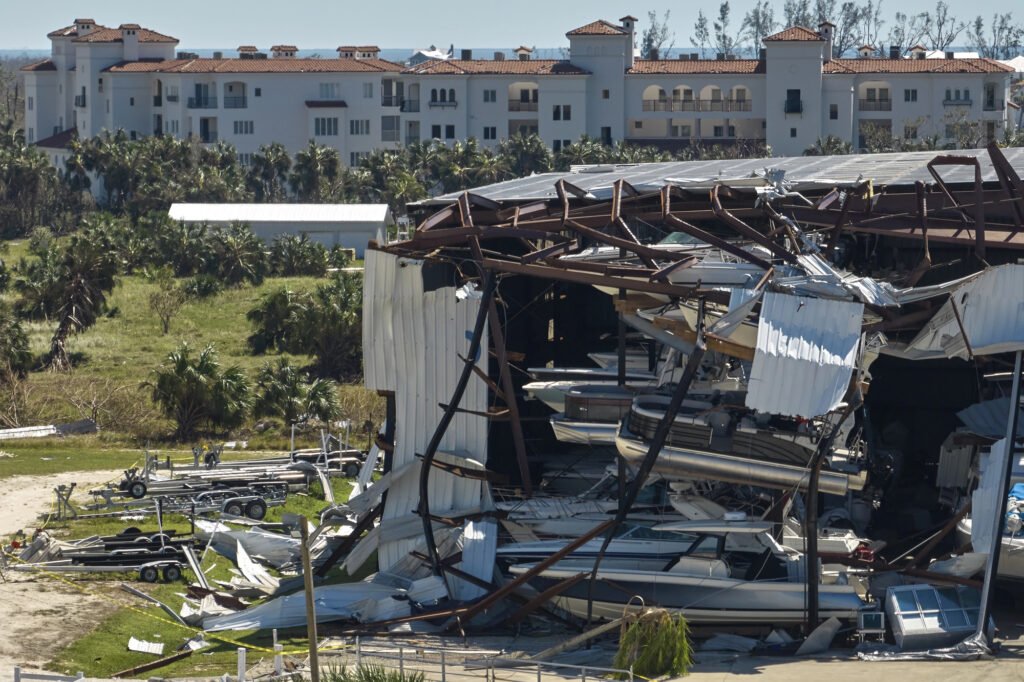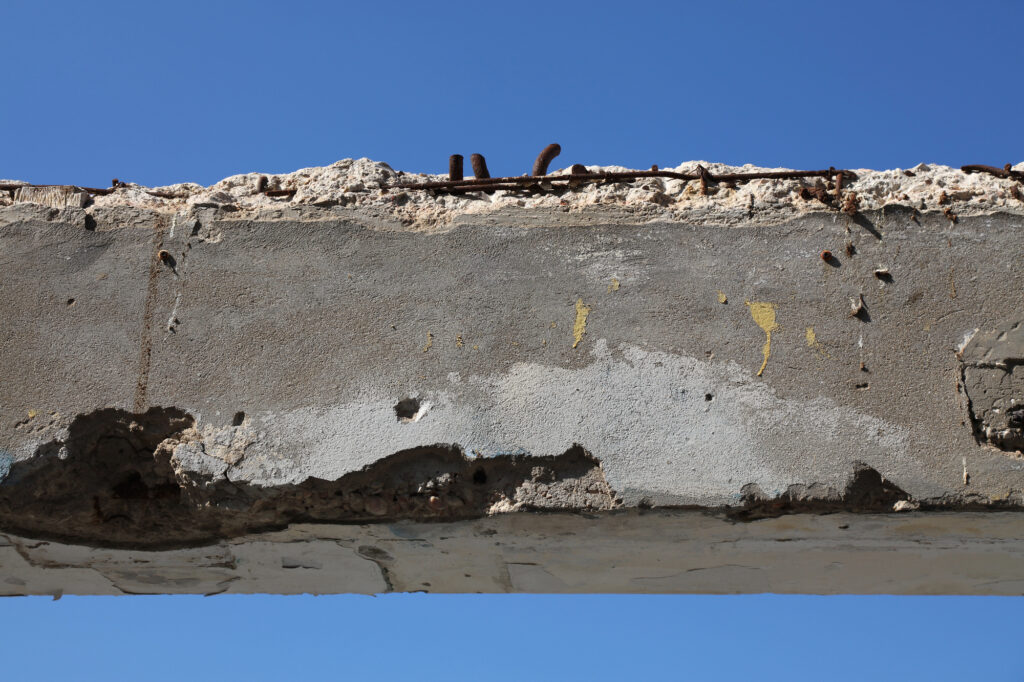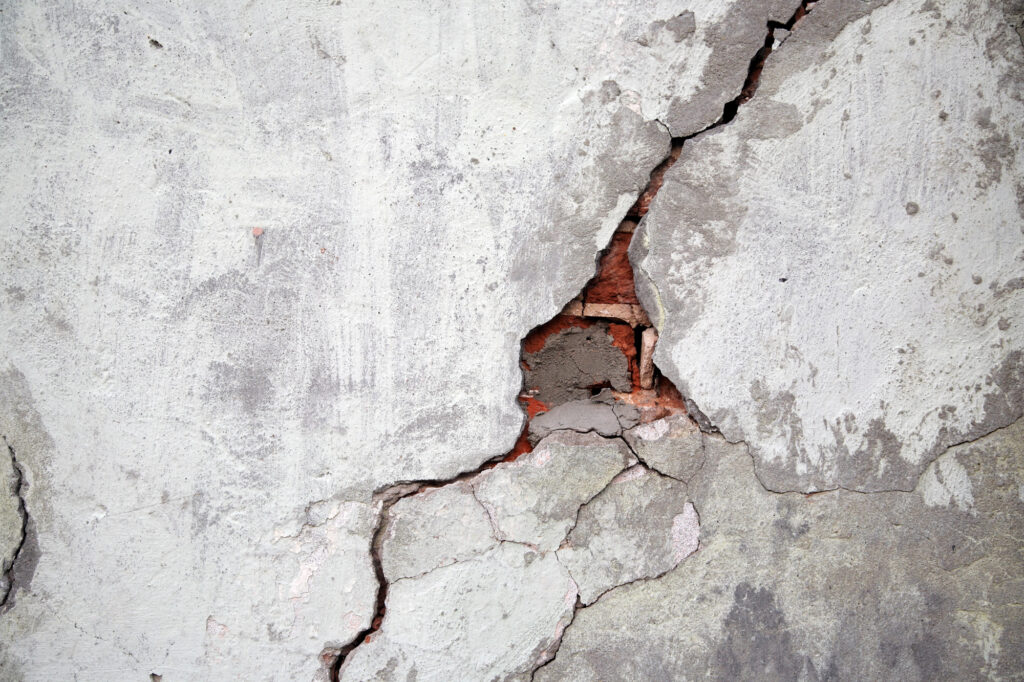November 30, 2025
The Role of Due Diligence in Securing Property Insurance
Securing commercial property insurance has become a more complex process in recent years, driven by rising claim costs,
In earthquake-prone areas, the resilience of commercial buildings is more than just a matter of structural integrity—it’s essential to the safety of occupants and the continuity of business operations. While earthquakes are unpredictable, the damage they inflict on buildings can be significantly reduced through retrofitting.
For older commercial structures, especially those not originally designed with modern seismic standards in mind, retrofitting offers a critical solution to mitigate the risk of collapse or extensive damage during a quake. Without it, businesses may face expensive repairs, long recovery times, and even the potential loss of livelihood.
Retrofitting involves upgrading a building’s existing framework to better withstand seismic forces. Whether it’s reinforcing the foundation, adding shear walls, or securing non-structural elements, the goal is the same: to make the building more resilient in the face of seismic activity.
As part of capital improvement projects, seismic retrofitting enhances the long-term value and structural integrity of commercial properties. Learn the importance of seismic retrofitting for commercial buildings, outline common retrofitting methods, and highlight the significant benefits it offers.

Seismic resilience refers to the ability of a structure to withstand the impacts of an earthquake without experiencing significant damage or failure. In the context of commercial buildings, seismic resilience includes the prevention of structural collapse and the reduction of non-structural damage, which can disrupt operations.
A resilient building can recover swiftly after an earthquake, minimizing downtime, and reducing the financial and operational impacts.
The importance of seismic resilience for commercial buildings is significant. Earthquakes have the potential to cause catastrophic damage to structures that are not properly designed or retrofitted. Businesses operating in these buildings face risks such as loss of inventory, equipment damage, employee injury, and long-term financial losses.
Therefore, strengthening a building to better withstand seismic events is not just a matter of compliance; it is a strategic investment in the long-term safety, stability, and continuity of business operations.
The structural integrity of a commercial building is heavily influenced by its design, construction materials, and adherence to seismic codes. Buildings constructed before the adoption of modern seismic standards are particularly at risk.
Common structural vulnerabilities include:
Even if a commercial building’s structure remains intact, damage to non-structural components can cause disruption and financial loss.
Non-structural risks include:
The retrofitting process involves targeted modifications that enhance a building’s ability to resist seismic loads while improving safety and compliance with modern building codes.
Weak or deteriorated foundations increase the likelihood of structural instability, making reinforcement essential. Key foundation retrofitting techniques include:
Shear walls are vertical structural elements designed to resist horizontal seismic forces. The addition of shear walls enhances a building’s lateral stability by preventing excessive movement and structural deformation. These walls are typically made of:
Columns and beams form the primary framework of a commercial building. When these components lack sufficient strength, the risk of structural failure during an earthquake increases. Reinforcement methods include:
Seismic dampers absorb and dissipate earthquake energy, reducing the forces transferred to a building’s structure. Common types of dampers include:

Seismic retrofitting strengthens a building’s framework, reducing the risk of collapse or severe structural damage during an earthquake. Reinforced foundations, shear walls, and upgraded columns improve load distribution, allowing the structure to absorb and dissipate seismic energy more effectively.
By increasing lateral stability, retrofitting minimizes excessive movement and prevents catastrophic failure.
A structurally reinforced building provides a safer environment for employees, customers, and tenants. The risk of falling debris, collapsing walls, or structural failure is significantly reduced, lowering the chances of injury or loss of life
Strengthened stairwells, secured ceilings, and reinforced exits ensure that occupants can evacuate safely in the event of an earthquake.
The financial impact of earthquake damage can be severe, often requiring extensive repairs or complete reconstruction. Retrofitting mitigates this risk by reinforcing vulnerable areas, decreasing the likelihood of costly damage.
Preventing structural failure and minimizing non-structural damage helps businesses avoid prolonged closures, lost revenue, and expensive rebuilding efforts.
Buildings retrofitted for seismic resilience hold greater market value and appeal to investors, tenants, and buyers seeking structurally sound properties. Compliance with modern seismic standards enhances credibility and demonstrates a commitment to long-term safety.
Retrofitted buildings are often more attractive to businesses that prioritize risk management and operational stability.
Seismic retrofitting ensures that commercial buildings meet updated safety standards and legal requirements. Local building codes frequently mandate structural upgrades for high-risk areas, and non-compliance can lead to fines, legal liabilities, and difficulties in obtaining permits.
A retrofitted structure aligns with regulatory expectations, reducing the risk of penalties and facilitating future renovations or expansions.
Retrofitting safeguards critical infrastructure, allowing businesses to resume operations quickly after a seismic event. Secured equipment, reinforced walls, and stable mechanical systems prevent operational delays and ensure that essential services remain functional.
A thorough structural assessment must be conducted to identify vulnerabilities and determine the appropriate retrofitting approach. Engineers evaluate foundation stability, load-bearing capacity, and potential weak points to develop a customized retrofitting plan.
Site-specific factors such as soil conditions, building age, and seismic history influence the recommended modifications.
The financial investment required for seismic retrofitting varies based on building size, structural complexity, and the extent of necessary upgrades. Budget considerations should account for engineering assessments, construction materials, labor costs, and potential business interruptions.
While retrofitting involves upfront expenses, the long-term financial benefits far outweigh the potential costs of earthquake-related damage.
Many jurisdictions mandate retrofitting for older structures, particularly those classified as high-risk. Consulting with structural engineers and local authorities ensures that the retrofitting process aligns with current safety standards and permits are secured as needed.
Different retrofitting techniques provide varying levels of protection, and the selection depends on structural weaknesses, building function, and cost constraints.
Strengthening foundations, adding shear walls, reinforcing columns, and installing seismic dampers represent some of the most effective methods. A tailored approach ensures that retrofitting efforts address the most critical vulnerabilities.
Seismic retrofitting projects may require temporary adjustments to business operations, depending on the scope of work. Scheduling the project in phases, implementing temporary reinforcements, and coordinating with contractors minimize disruptions.
Clear communication with tenants, employees, and stakeholders also ensures a smoother retrofitting process while maintaining essential operations.
Finally, regular inspections, condition monitoring, and necessary repairs preserve the integrity of seismic upgrades. Structural assessments should be periodically conducted, particularly after minor seismic events, to verify that retrofitted components continue to provide adequate protection.

Seismic resilience starts with proactive reinforcement. For high-quality restoration, construction, and roofing services, trust BlueTeam to deliver reliable, code-compliant solutions for commercial projects. Contact us today to discuss your retrofitting needs and secure your building’s future.